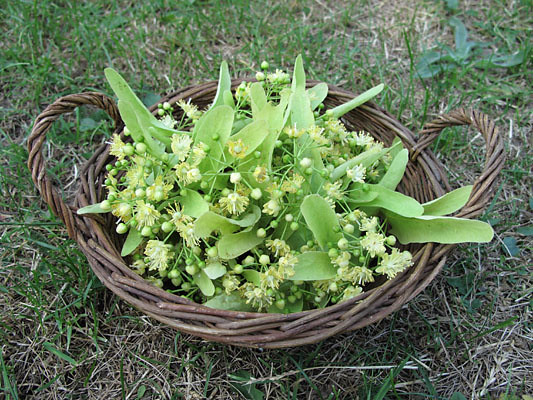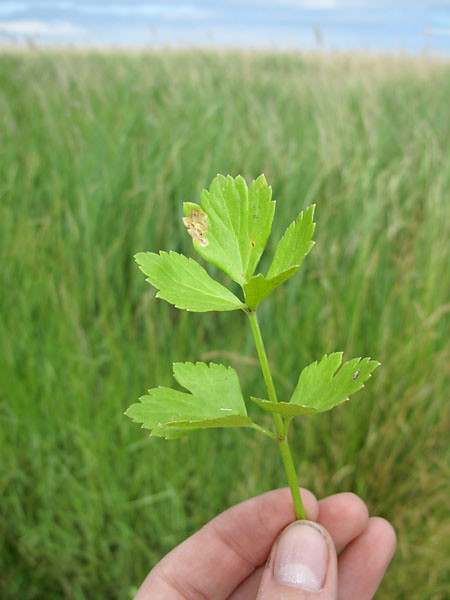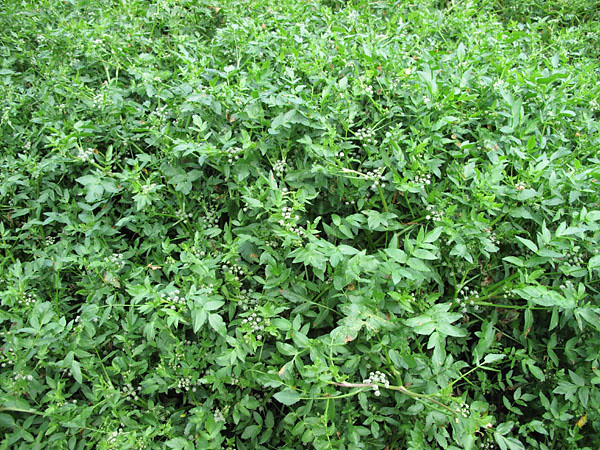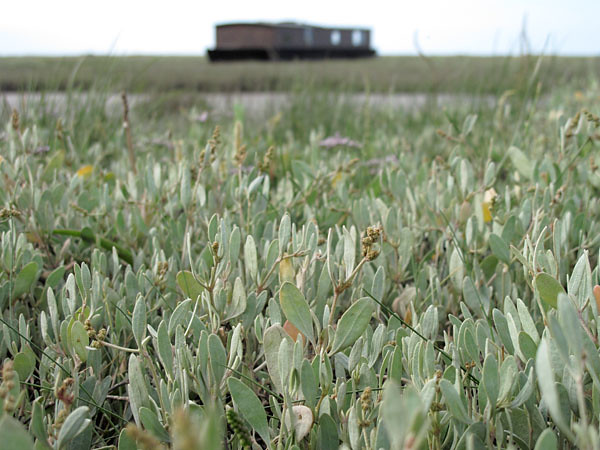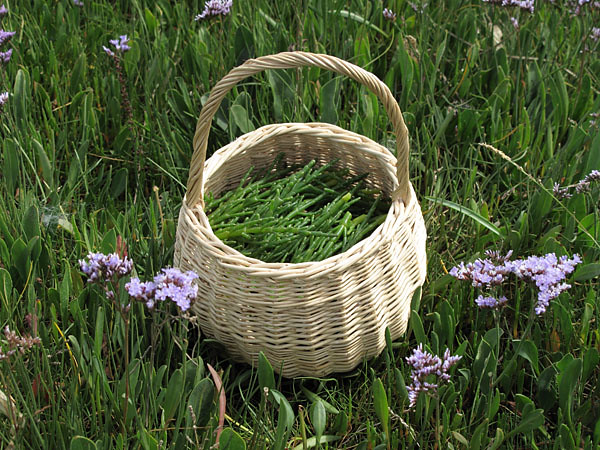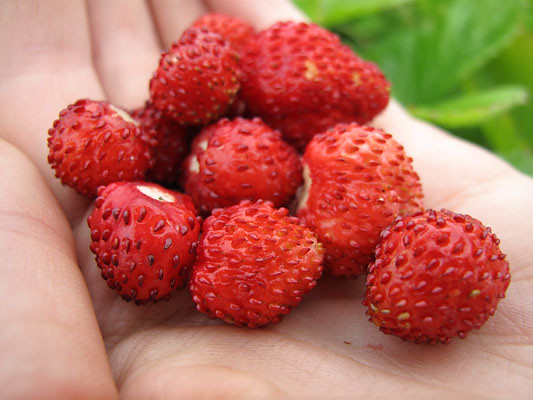The other day, I found these tasty-looking morsels* growing in great arcs in the grass outside where I work. Although I'm getting pretty good at recognising edible wild plants and flowers, mushrooms confuse and intimidate me! So I decided to have a go at identifying (but not eating) them, just out of curiosity...
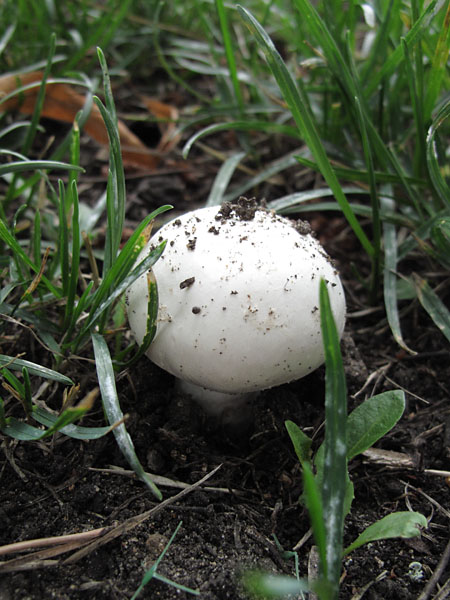
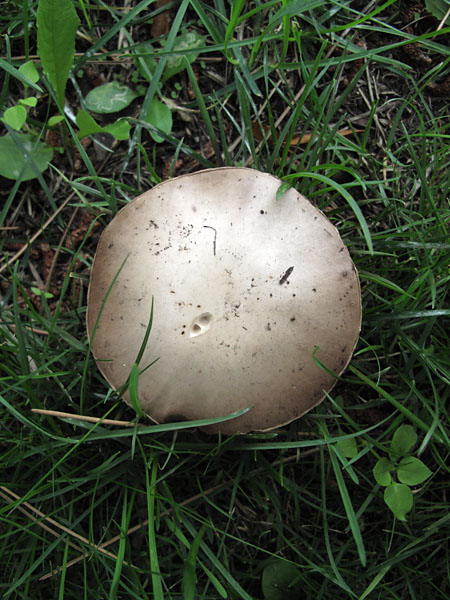
They are on a "lawn" I suppose, growing near to a mixture of trees but not under any one inparticular. They look like the kind of button mushrooms you buy in the supermarket, but then I imagine so do a lot of these things! The older ones have dark brown gills and a slight ring on the stem where the cap used to be attached. The younger ones, as you can see from the picture below, have pink gills. The stem is not bulbous, and the mushroom doesn't change colour or do anything weird when sliced.
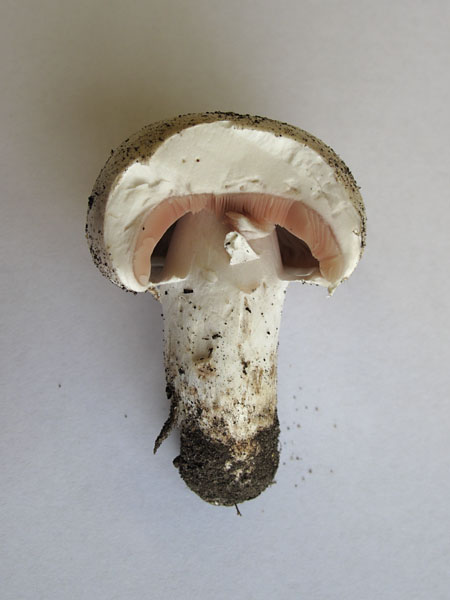
I made a spore print. This excited me very much! Look! :)
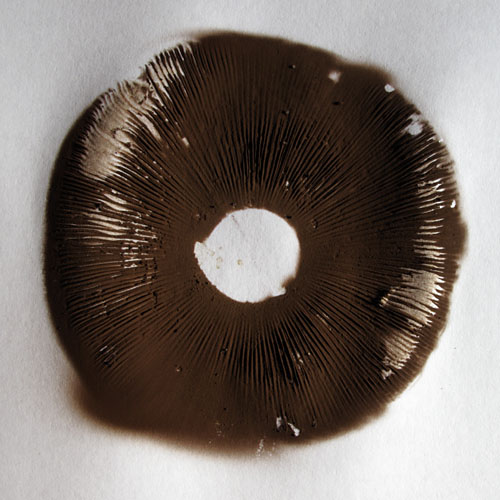
The spores are chocolate brown.
I looked on Roger Phillips mushroom site and filled in the "easy key". It came up with 4 suggestions, but each of these had a "distinct or odd smell (non mushroomy)". My specimen definitely smelled like a mushroom! So I went back to an earlier suggestion which came up before I did the spore print - Agaricus Campestris or Field Mushroom. I noticed that although the short description says the spores are purplish to black, the long description says they are brown! So there's an error there somewhere. I didn't notice the flesh bruising slightly pink, though.
Anyway, this is my amateur nearly-identification result: Agaricus Campestris. I'd be grateful to hear from proper mushroom experts with their opinions. I'm also going to post this blog entry to my favourite online forum to ask the good folks there for some input...
Spore prints are great. I can feel a new art project coming on! :)
*I don't actually like mushrooms! I'm determined to keep trying though.


